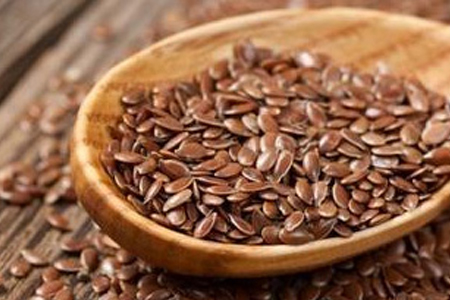Kidney stones are one of the most common disorders of urinary tract.
Normally, urine contains certain factors that inhibit stone building substances like magnesium, citrate, pyrophosphate etc from forming crystals.
Deficiency in these protective substances result in the formation of crystals. Changes in the pH of the urine, that causes acid or alkaline imbalances, can also affect one precipitation.
Kidney stones are generally formed by calcium, phosphates or oxalates.










